We grow gardens for food, for medicine, for cut flowers, and for pollinators. But, a new trend is arising: growing the ingredients to make DIY plant-based skincare products. If you value the ingredients that make up your meals, then it may also be time to take a look at the products that go on your skin. Soaps, lotions, and balms are easy to make at home, and there are a number of plants you can grow in your own natural beauty garden that can soothe and revitalize your skin.
Many years ago I suddenly became seriously ill and was forced to take a hard look at how I cared for myself. As part of my recovery, I grew a garden to feed my body with the healthful foods it needed and toiled in the soil to strengthen my muscles. Throughout the process of healing through garden therapy, I realized that what I was putting on my skin also needed a makeover. I learned how to make skincare products and started growing skin-healing botanicals in my garden. It has been a wonderful journey, and I could never go back to drugstore cosmetics after feeling the difference natural beauty makes.
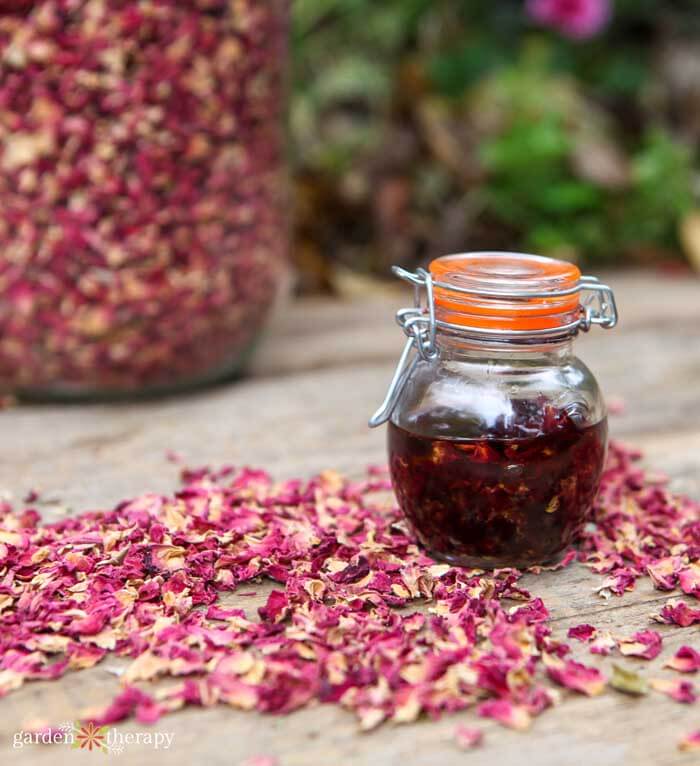
If you don’t already make your own beauty products, you’ll be surprised how easy it is to customize your own lotion bars (click here for the recipes), bath salts (click here for the recipes), toner (click here for the recipes), and more! You’re likely already growing a few things that can be added to your natural beauty garden. Once you get started, you’ll fall in love with these plants all over again.
Plants for a Natural Beauty Garden
Aloe Vera (Aloe vera)
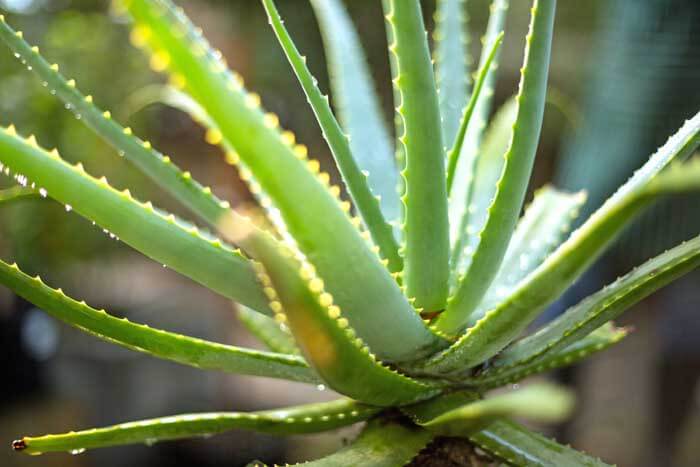
Aloe grows very well as a house plant in colder climates, and it can thrive outdoors in USDA Hardiness Zones 9-11. The gel extracted from the leaves has been historically used to treat skin disorders, burns, and rashes. It is a common ingredient in first-aid creams because it contains salicylic acid and magnesium to help relieve pain. Slice open a spear of aloe and apply the gel directly to a sunburn or skin disorder, or add it to a homemade healing salve (click here for the recipe) to help calm skin after sun exposure.
Lavender (Lavandula spp.)
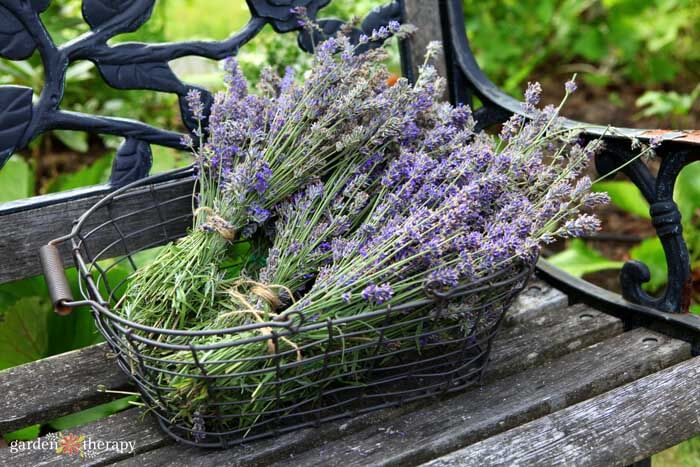
Lavender is a fragrant shrubby perennial with candles of lavender-purple flowers. There are many varieties and species that exhibit different sizes, habits, hardiness levels, and flower shades. This popular garden and pollinator plant is most famous for being the relaxing herb. Lavender tops the charts in aromatherapy because its scent is said to relieve stress, anxiety, and sleeplessness. In addition, lavender has antibacterial qualities that are helpful for disinfecting skin while cooling pain and aiding healing.
Add lavender to skincare products by harvesting and drying unopened flower buds and young leaves. The buds will retain the coveted purple color for decorative applications, but the leaves also have the beneficial properties and can be used to add to dream pillows (click here for the recipe) or infuse oils.
Pot Marigold (Calendula officinalis)
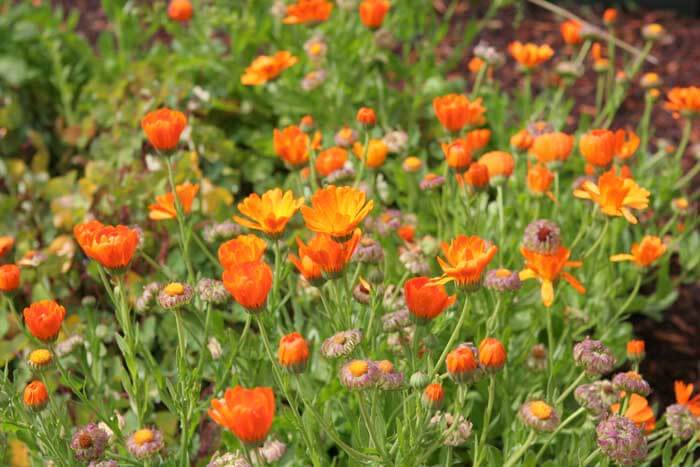
Pot marigold is an annual in the daisy family (Asteraceae) that prolifically blooms from spring through fall, assuming it is regularly harvested and weather doesn’t become too hot. The flower heads are dried for use in making infused oils, balms, and herbal tea, and the ray florets (outer petals) are used decoratively because they hold their yellow or orange color well. Don’t underestimate this pretty flower; it is lauded for its skin benefits. It has long been used as a wound healer because of its antibiotic and anti-inflammatory benefits. It is wonderful for minor skin irritations and rashes as well as small cuts, scrapes, and bruises. It is also very gentle and therefore safe for use on children or those with particularly sensitive skin. (Click here to learn how to grow calendula.)
Peppermint (Mentha x piperita)
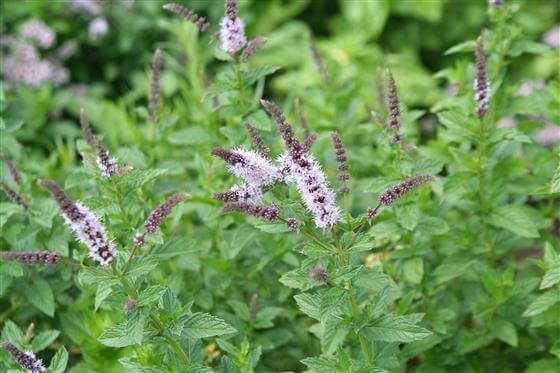
Peppermint is a fragrant, spreading plant with a cool, fresh, minty flavor and scent. This enthusiastic grower can scare off many gardeners, but it’s easily controlled in containers and absolutely worth growing in a natural beauty garden. Peppermint has the unique ability to cool and calm skin while reducing inflammation, controlling pain, and clarifying. As most of the vitamins and minerals in peppermint are water soluble, replacing water in skincare recipes with mint tea is a wonderful way to enjoy its benefits. Dried leaves can also be soaked in a warm bath as part of tub teas and bath salts.
Lemon Balm (Melissa officinalis)
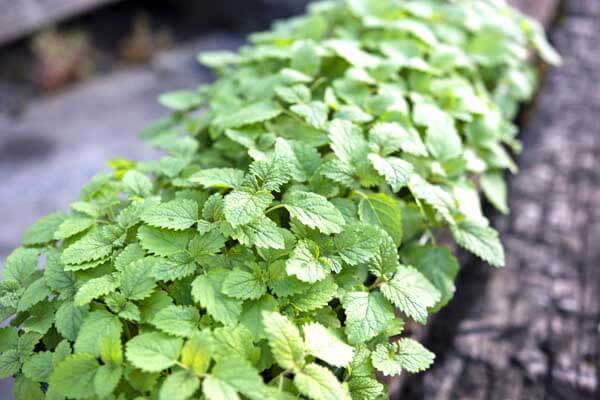
Lemon balm is another hardy perennial from mint family, and as anyone who grows mints know, these vigorous plants are often found growing as escapees in the wild or garden places where they are not wanted. Before pulling up a lovely natural patch of lemon balm, stop to rub a leaf between your hands and breathe in its strong lemony aroma to uplift your spirits. In skincare, lemon balm infused into oil makes for relaxing massage oil that calms and relieves stress. The antiseptic properties and light citrusy fragrance makes it a great addition to bath salts, soaps, and lotion bars.
Rose (Rosa spp.)
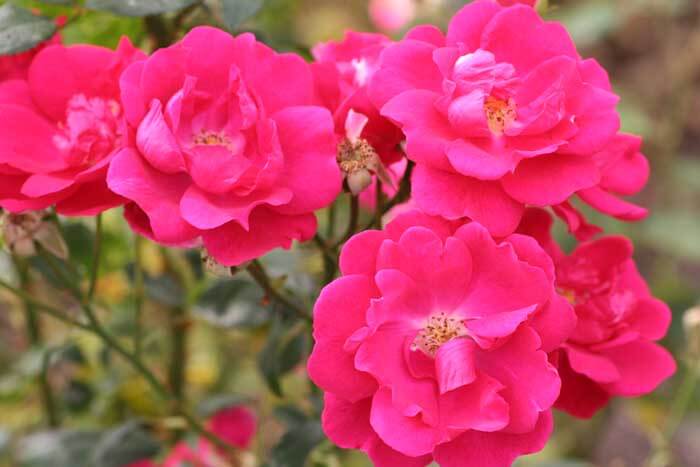
These well-known garden flowers are symbols of beauty, and not just because of their spectacular blooms; roses bring life and beauty to the skin as well. They are especially good for facial recipes and work to reduce wrinkles and redness and even skin tone. Rose also increases the skin’s permeability, which means skin will absorb the other ingredients in a recipe more readily if it includes rose. Be sure to only grow organic, unsprayed roses in a natural beauty garden as they are very commonly heavily treated as ornamental plants (click here to learn how to grow roses organically). Harvest the petals and use them to make an infused oil, floral water (click to watch this DIY video or click here for the recipe), hydrosol, and face cream (click here for the recipes).
Hops (Humulus lupulus)
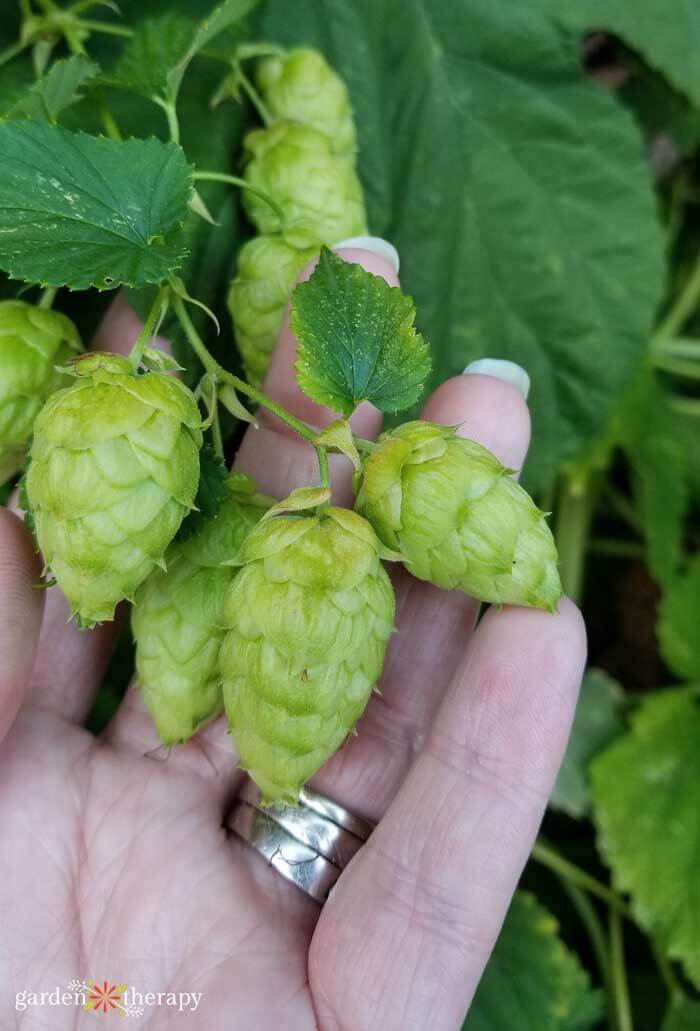
Hops can reach staggering heights in a short growing season. They grow on climbing bines (not vines) where the stems wrap around support structures (like pole beans) rather than attaching like a vine by tendrils (like peas) or suckers (like ivy). Build a tall trellis or arbor, and they will fill it up quickly. Let the hops ripen on the vine, and pick them when they are aromatic and springy when you pinch them between your finger and thumb. When dried, use hops to make infused oils for soap, lotions, and healing salves. Hops’ calming effect works on the skin to reduce inflammation and help with wrinkles and acne.
Annual Sunflower (Helianthus annuus)
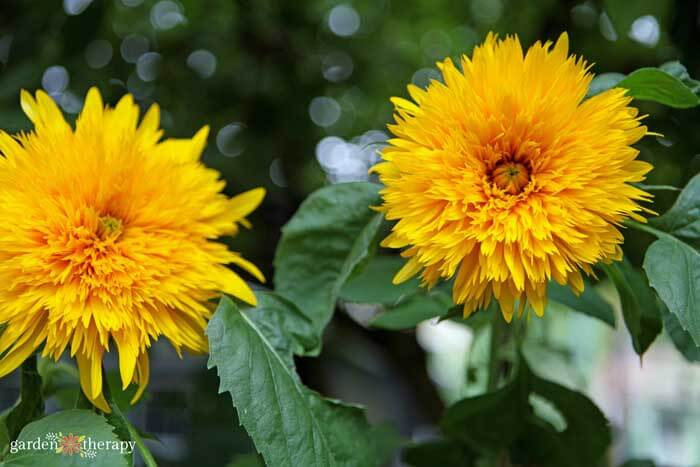
Sunflowers are easy-to-grow annuals that add cheer to the natural beauty garden. The golden petals act as a plant-based colorant, imparting a sunny hue to infusions and cheery petals to bath salts, lotion bars, and bath bombs. When growing sunflowers for petals, look for double varieties, like ‘Goldy Double’ and ‘Teddy Bear’, for the most petals per flower. Harvest the flower heads when they are fully in bloom and dry the petals on a mesh drying rack.
Cornflower (Centaurea spp.)

Annual cornflower (Centaurea cyanus) and perennial cornflower (Centaurea montana) are prolific plants that produce fantastic blue, pink, and purple petals for natural beauty recipes. The bright colors hold well when dried, providing decorative elements in bath bombs, natural perfumes (click here to see the recipe), mixing them into a jar of bath salts, or anything else that could use some brightening up!
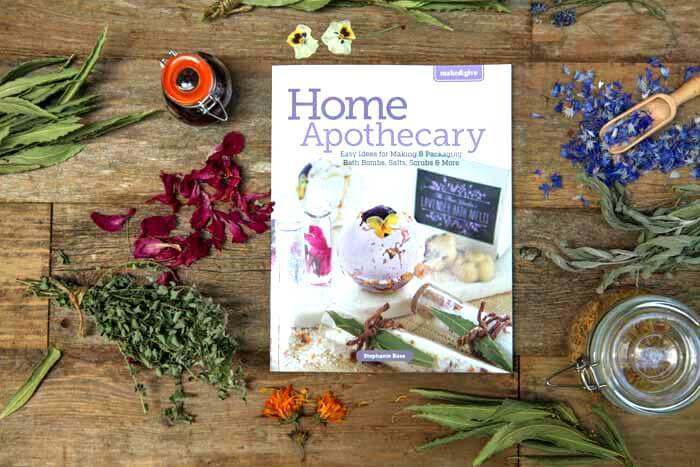
With these common plants in your garden, you will have much of what you need to start making your own natural beauty products. I have many beginner recipes on my Garden Therapy blog; I have published two natural beauty recipe books: Make & Give Home Apothecary – Easy Ideas for Making & Packaging Bath Bombs, Salts, Scrubs & More , and The Natural Beauty Recipe Book – 45 easy-to-make, homemade herbal recipes for the whole family; and even a natural beauty seed collection available exclusively at GardenTrends. Please visit me at Garden Therapy to see more ways you can live better through plants.


